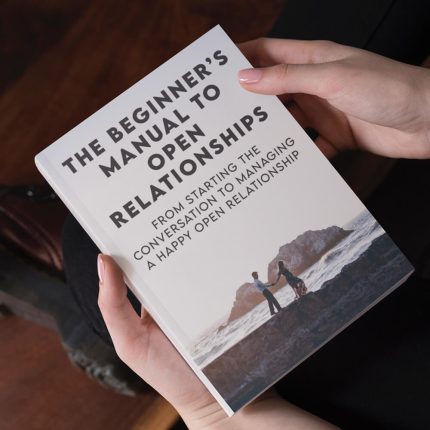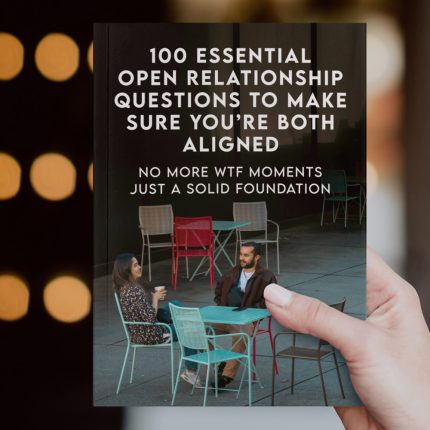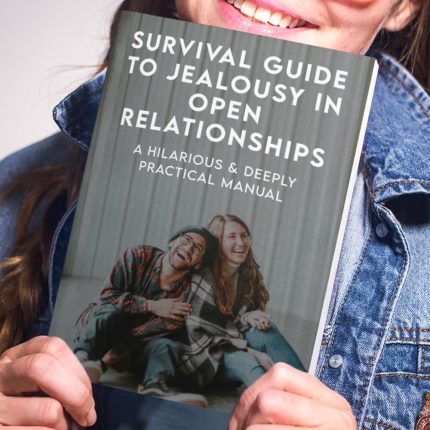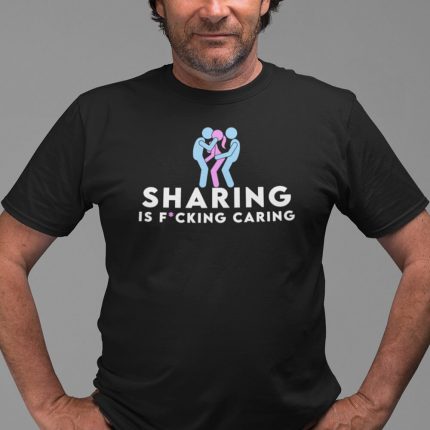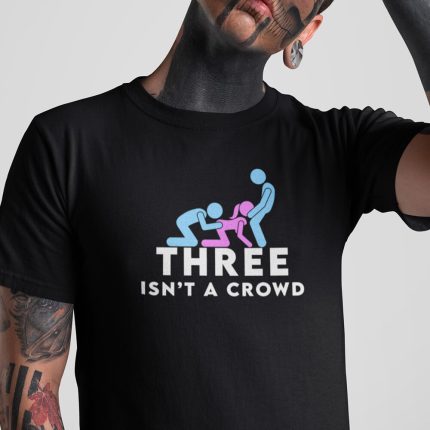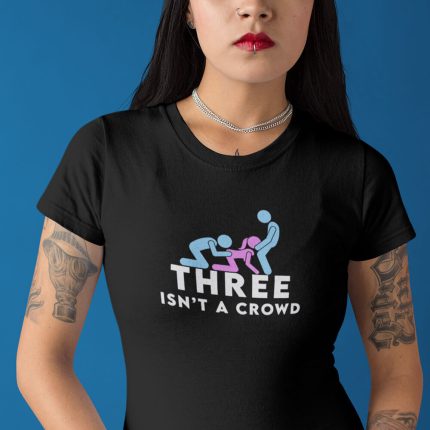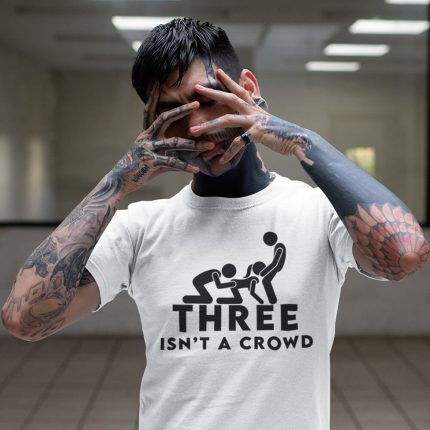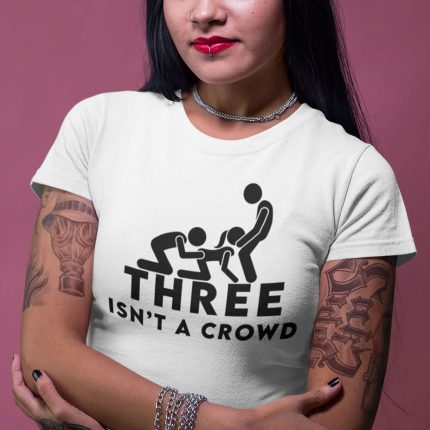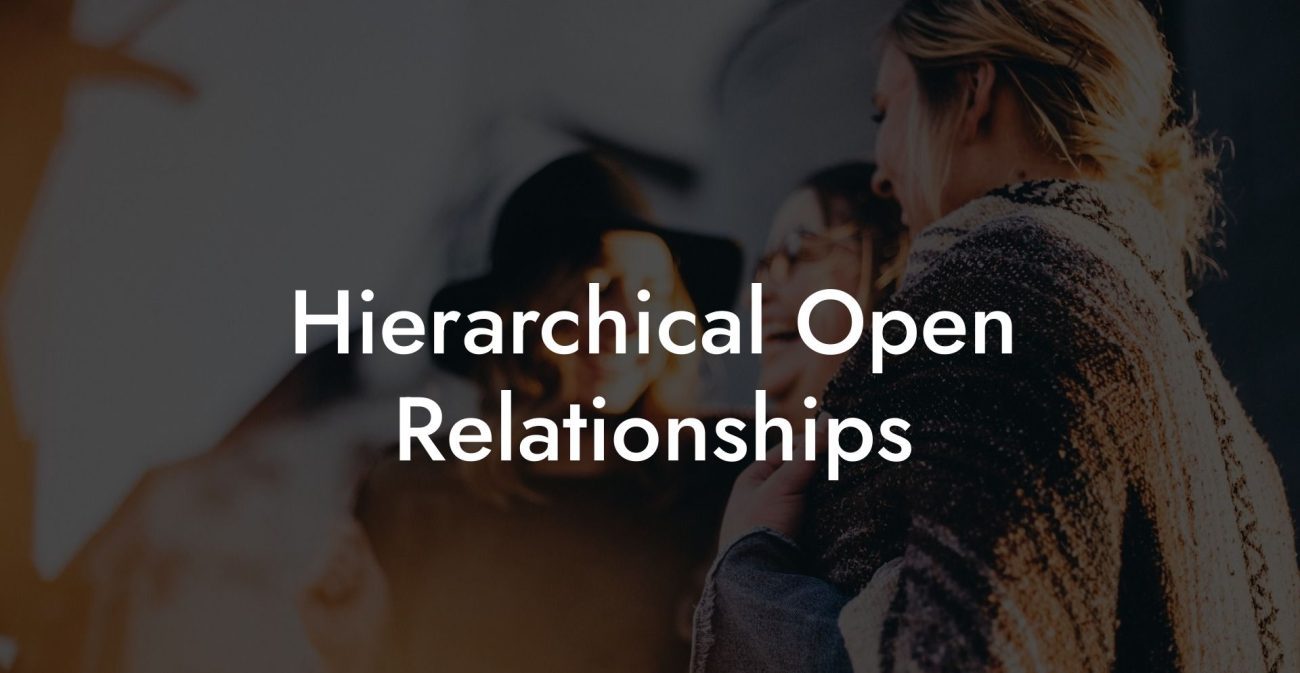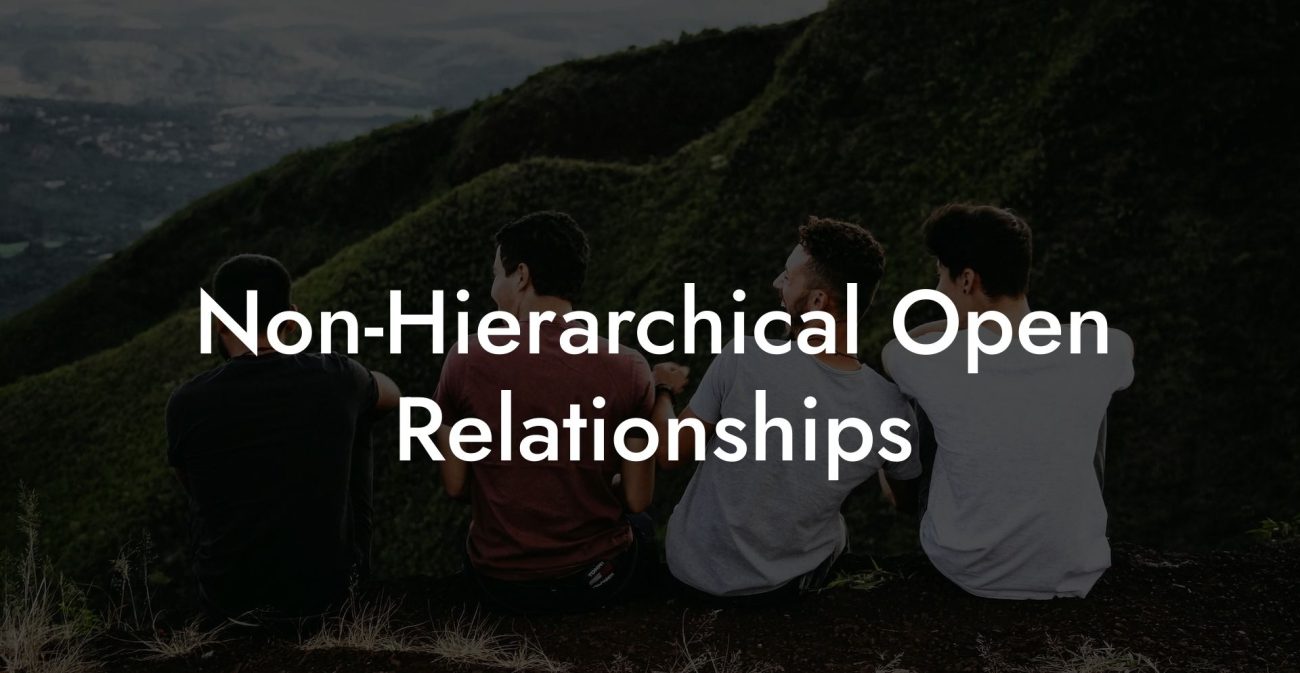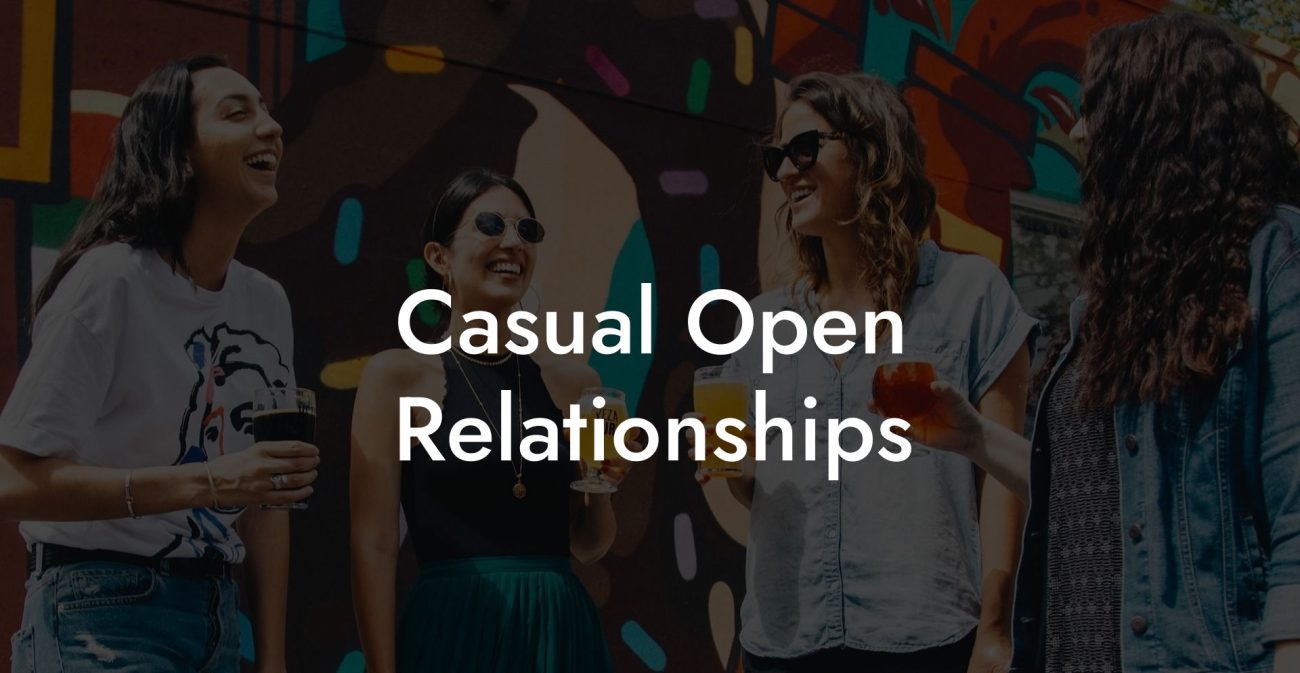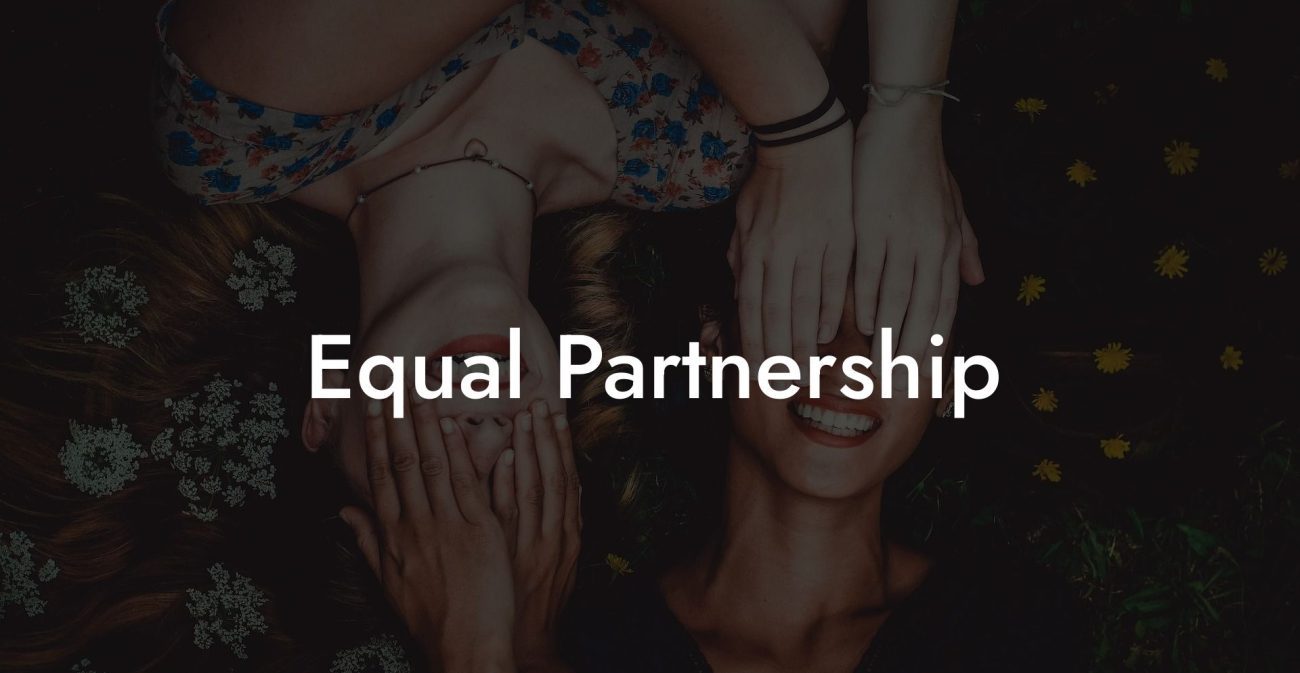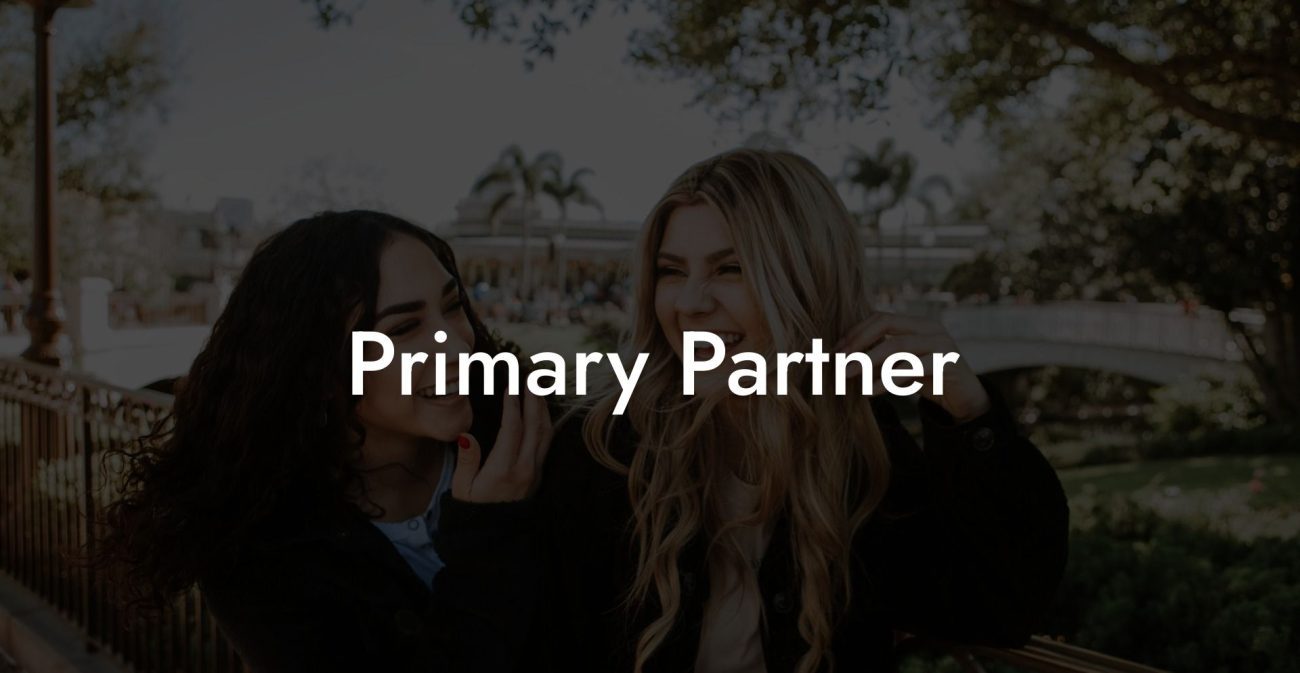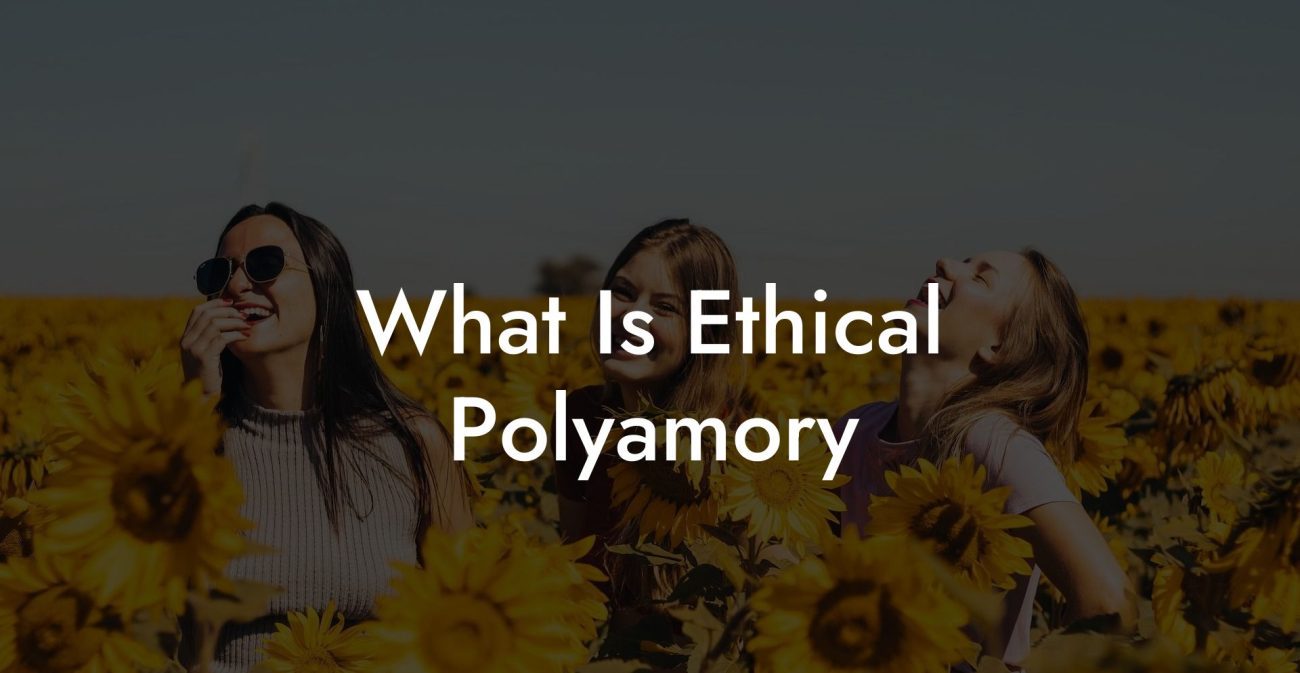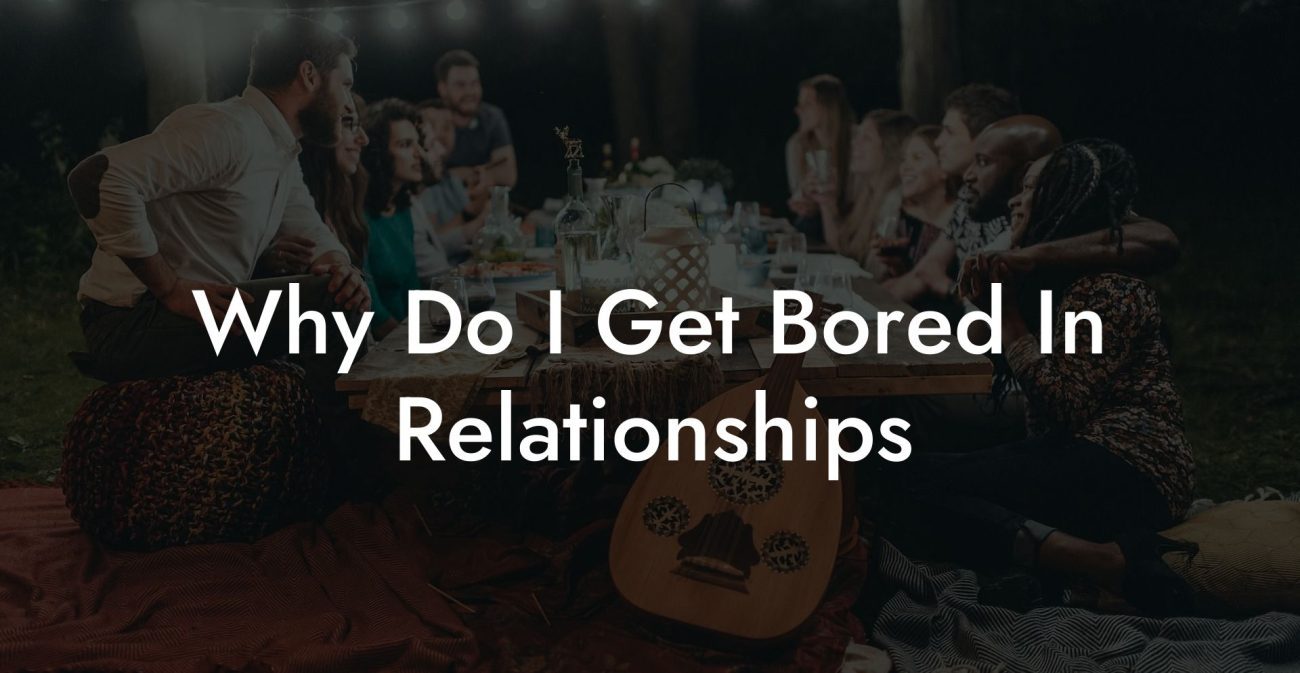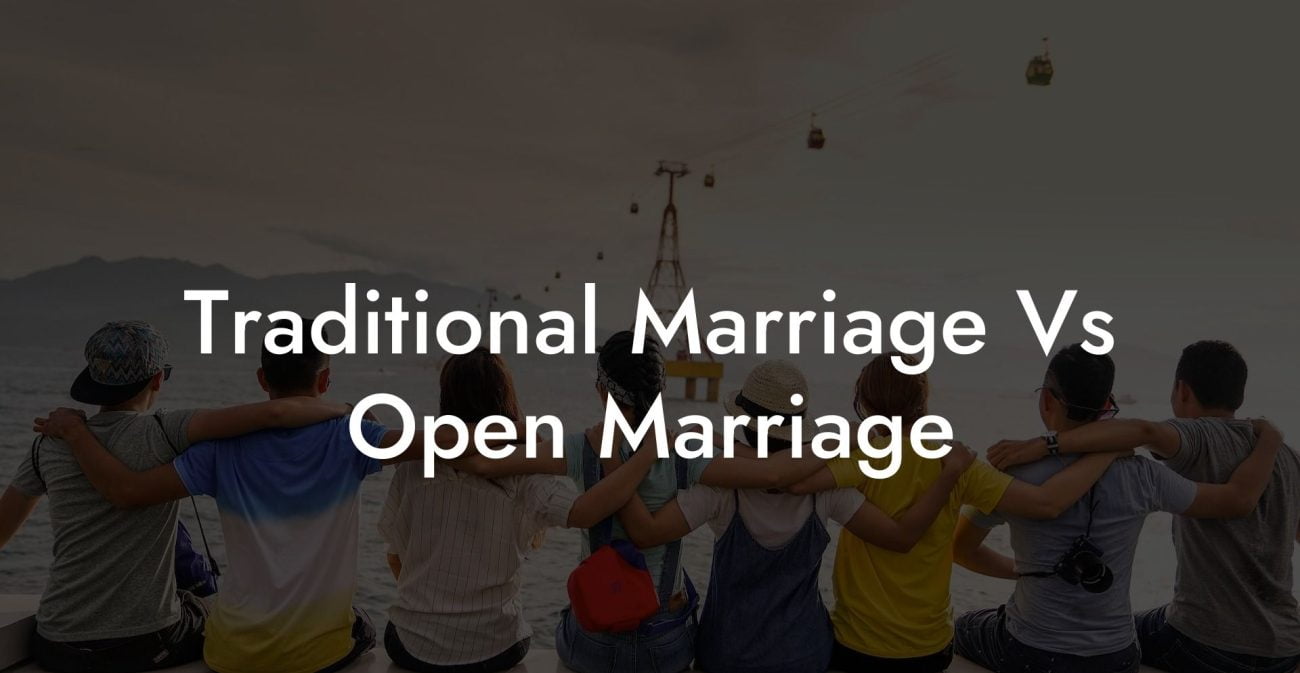What Is The Difference Between An Open Relationship And Polyamory?
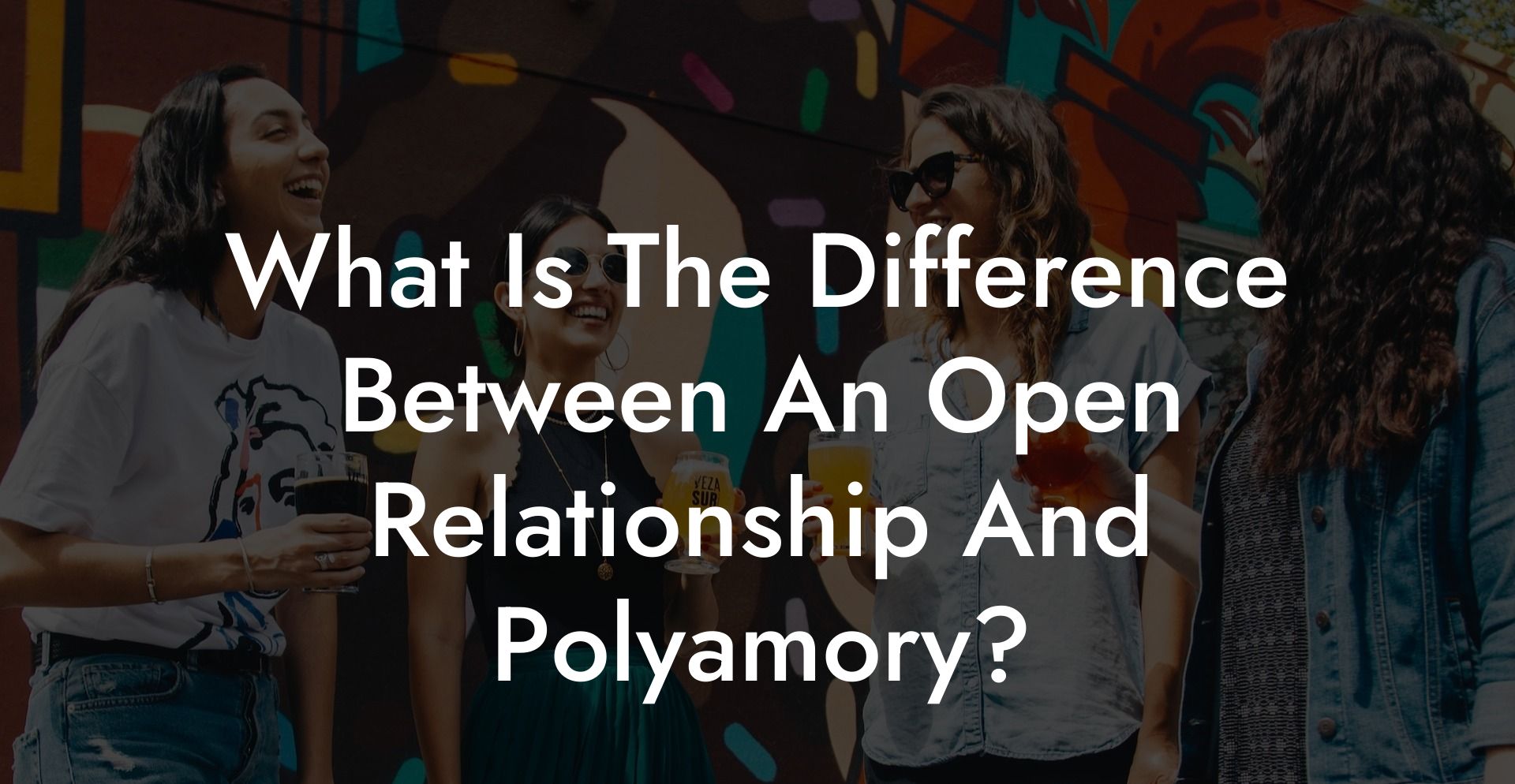
Although both open relationships and polyamory fall under the broader umbrella of consensual non-monogamy, they differ significantly in focus, structure, and the nature of emotional connections. This guide will delve into the definitions, core principles, benefits, challenges, and practical strategies associated with each model, helping you determine which approach aligns best with your values and lifestyle.
Have you ever wondered if monogamy is just a stupid little experiment? Open relationships, polyamory, relationship anarchy...find out which relationship dynamic suits you best with our one minute relationship test. See if you are just conforming to "societal norms". Reveal your truth >>
Quick Links to Useful Sections
- Redefining Relationship Models
- Understanding Open Relationships
- Definition and Core Principles
- Everyday Dynamics in Open Relationships
- Understanding Polyamory
- Everyday Dynamics in Polyamorous Relationships
- Key Differences Between Open Relationships and Polyamory
- Emotional vs. Sexual Focus
- Relationship Structure and Hierarchy
- Communication Demands
- Benefits and Challenges
- Benefits of Open Relationships
- Benefits of Polyamory
- Common Challenges
- Practical Strategies for Navigating Your Relationship Model
- Enhance Communication
- Set and Revisit Boundaries
- Prioritize Self-Care
- Build a Support Network
- Frequently Asked Questions (FAQ)
Redefining Relationship Models
In recent decades, cultural norms surrounding love and commitment have shifted dramatically. Traditional monogamous relationships remain the most common, but alternative models like open relationships and polyamory have gained increasing popularity. Both models embrace the idea that intimacy need not be limited to a single partner. However, they cater to different needs and desires—open relationships tend to focus on sexual exploration and casual romantic encounters outside of a primary bond, while polyamory emphasizes forming multiple emotionally significant and long-term connections.
This guide is designed to help you navigate these two approaches by comparing their definitions, underlying principles, and everyday dynamics. Whether you’re new to non-monogamy or seeking to deepen your understanding, read on for actionable insights and expert advice on how to choose and manage the relationship model that best suits you.
Understanding Open Relationships
Definition and Core Principles
An open relationship is a consensual arrangement where a couple agrees that one or both partners can have romantic or sexual interactions with others outside their primary bond. The foundation of an open relationship is built on mutual consent, transparency, and the establishment of clear boundaries. Although the primary relationship is maintained as the core source of emotional support, external encounters are permitted to provide sexual variety or casual connection.
- Mutual Consent: Both partners fully agree to the arrangement and are aware of each other’s external interactions.
- Transparency: Open and honest communication is essential to avoid secrecy and maintain trust.
- Defined Boundaries: Specific rules are negotiated to clarify what types of interactions are acceptable—whether purely sexual or involving casual romance.
- Primary Bond Preservation: The central relationship remains the anchor, providing stability and emotional security.
Everyday Dynamics in Open Relationships
In practice, open relationships require ongoing dialogue about desires, boundaries, and expectations. Couples often schedule regular check-ins to discuss how external interactions affect their primary bond. The focus is on maintaining a secure core while allowing room for sexual exploration or casual dating.
Open relationships may involve:
- Casual sexual encounters arranged independently by one or both partners
- Occasional romantic outings that do not replace the core emotional connection
- Flexibility in terms of scheduling and emotional investment, ensuring that the primary relationship is always prioritized
Understanding Polyamory
Definition and Core Principles
Polyamory is the practice of engaging in multiple consensual romantic and/or sexual relationships simultaneously, where all partners are aware of and agree to the arrangement. Unlike open relationships that focus primarily on maintaining a core bond while allowing external encounters, polyamory places a strong emphasis on forming deep, emotionally significant connections with multiple partners.
- Consensual Non-Monogamy: All relationships are established with informed consent and full transparency among all involved.
- Emotional Depth: Polyamorous connections often involve long-term commitments and deep emotional intimacy.
- Flexible Structures: Polyamorous arrangements can be hierarchical (with one or more primary partners) or non-hierarchical, where all relationships are valued equally.
- Open Communication: Regular and honest dialogue is critical to negotiate boundaries and manage complex emotional dynamics.
- Mutual Respect: Each partner’s needs, boundaries, and autonomy are respected, fostering a supportive network of diverse relationships.
Everyday Dynamics in Polyamorous Relationships
Polyamorous relationships require robust communication strategies to ensure that the emotional needs of all partners are met. Regular check-ins, shared decision-making, and clear boundary negotiations are essential. Many polyamorous individuals find that the ability to form multiple deep connections enriches their lives, offering varied forms of support and intimacy.
EXPLORE OUR ETHICAL NON-MONOGAMY & OPEN RELATIONSHIP SHOP
👨💻👩💻 Digital Store (Instant Download)
🍆💦 Clothing Store (Worldwide Delivery Available)
Multiple Lovers - Sharing Is Caring Unisex T-Shirt (Black)
$29.99Fuck Each Other Not The Planet Unisex T-Shirt (Black)
$29.99Sharing Is Caring Unisex T-Shirt (Black)
$29.99I Love Watching Pop Art T-Shirt (White)
$29.99Three Isn't a Crowd Unisex T-Shirt (Black)
$29.99Three Isn't a Crowd Unisex T-Shirt (White)
$29.99Real Men Share Pop Art T-Shirt (Black)
$29.99It's Not Cheating If He Watches T-Shirt (Black)
$29.99Fuck Each Other Not The Planet Unisex T-Shirt (White)
$29.99Real Men Share Pop Art T-Shirt (White)
$29.99Sharing Is Caring Daddy Cap (Black)
$39.99I Love Watching Pop Art T-Shirt (Black)
$29.99Polyamory can involve:
- Long-term, emotionally significant bonds with multiple partners
- Flexible relationship structures that can be either hierarchical or non-hierarchical
- Complex communication networks to manage time, energy, and emotional investment among all connections
Key Differences Between Open Relationships and Polyamory
Emotional vs. Sexual Focus
One of the primary distinctions between open relationships and polyamory is the focus of the connections:
- Open Relationships: Primarily emphasize sexual exploration or casual romantic encounters while maintaining a secure primary relationship. The emotional investment outside the core bond is generally less intense.
- Polyamory: Emphasizes forming multiple deep, emotionally significant relationships that may each be long-term and fulfilling in their own right.
Relationship Structure and Hierarchy
Another key difference is how the relationships are structured:
- Open Relationships: Usually maintain a clear primary relationship, with external encounters being supplementary and governed by specific boundaries.
- Polyamory: Offers more flexibility; relationships can be hierarchical (with designated primary and secondary partners) or non-hierarchical (with all partners considered equal), depending on personal preference.
Communication Demands
While both models require excellent communication, the scope differs:
- Open Relationships: Focus on communication primarily between the primary couple regarding external encounters, ensuring the core bond is protected.
- Polyamory: Involves multi-directional communication among all partners, which can be more complex and time-intensive due to the need to negotiate the dynamics of multiple deep connections.
Benefits and Challenges
Benefits of Open Relationships
- Sexual Variety: Open relationships allow for sexual exploration and variety while keeping the primary emotional bond intact.
- Focused Stability: By preserving a central primary relationship, couples can enjoy additional experiences without compromising emotional security.
- Simplicity in Structure: Typically, open relationships have clearer boundaries between the core bond and external encounters, making management simpler for some couples.
Benefits of Polyamory
- Diverse Emotional Support: Multiple relationships provide varied sources of emotional support and fulfillment.
- Personal Growth: Navigating multiple connections fosters improved self-awareness, enhanced communication skills, and greater emotional resilience.
- Rich Intimacy: Forming deep bonds with several partners can lead to a more enriched and holistic understanding of love and intimacy.
Common Challenges
- Managing Jealousy: Both models require strategies to address feelings of jealousy and insecurity, though these issues may be more complex in polyamorous setups due to the number of partners involved.
- Balancing Time and Energy: Ensuring that each relationship receives adequate attention can be challenging, particularly in polyamorous networks with multiple deep connections.
- Clear Communication: Maintaining open, effective communication across all relationships is essential but can be demanding, requiring ongoing effort and self-reflection.
- Social Stigma: Both open relationships and polyamory may face external judgment from those who adhere to traditional monogamous norms.
Practical Strategies for Navigating Your Relationship Model
Enhance Communication
Whether you choose an open relationship or polyamory, clear communication is essential. Consider these tips:
- Regular Check-Ins: Schedule regular discussions with your partner(s) to review boundaries, share feelings, and update expectations.
- Active Listening: Practice active listening to ensure that all partners feel heard and understood.
- Use “I” Statements: Communicate your feelings using “I” statements to promote non-defensive dialogue.
- Digital Tools: Utilize shared calendars, group chats, or communication apps to coordinate schedules and stay transparent about your interactions.
Set and Revisit Boundaries
Establish clear boundaries that reflect your needs and values. Work collaboratively with your partner(s) to define what is acceptable in terms of emotional and physical involvement. Be sure to review and adjust these boundaries as your relationships evolve.
- Define Acceptable Behaviors: Clearly outline what types of interactions are allowed and what are not.
- Document Agreements: Consider drafting a written or digital agreement that outlines your boundaries and expectations.
- Review Regularly: Set a schedule to revisit and update your boundaries as necessary.
Prioritize Self-Care
Maintaining your well-being is critical for managing multiple relationships. Invest in self-care practices that nurture your physical, mental, and emotional health.
- Exercise and Nutrition: Regular physical activity and a balanced diet help maintain energy and reduce stress.
- Mindfulness Practices: Engage in mindfulness or meditation to manage stress and enhance self-awareness.
- Pursue Hobbies: Dedicate time to activities that promote personal growth and joy.
- Professional Support: Consider individual or group counseling to develop strategies for managing complex emotions and relationship dynamics.
Build a Support Network
Connect with others who share your views on non-monogamy. A supportive community can offer insights, encouragement, and practical advice.
- Online Forums: Join online communities such as r/polyamory to share experiences and learn from others.
- Local Meet-Ups: Attend local events or workshops focused on ethical non-monogamy and relationship dynamics.
- Support Groups: Engage in support groups where you can discuss challenges and celebrate successes with like-minded individuals.
Frequently Asked Questions (FAQ)
1. What is the difference between an open relationship and polyamory?
An open relationship primarily allows for sexual or casual romantic encounters outside a central, committed bond, while polyamory emphasizes forming multiple deep, emotionally significant, and long-term connections. Essentially, open relationships focus more on external sexual variety, whereas polyamory seeks to cultivate multiple meaningful relationships.
2. Can a relationship be both open and polyamorous?
Yes, many individuals combine elements of both models. Some people maintain a primary open relationship while also forming deeper, emotionally significant bonds with additional partners, blending the flexibility of open relationships with the emotional depth of polyamory.
3. What are the benefits of each model?
Open relationships offer sexual variety and the ability to explore external encounters while preserving a stable primary bond. Polyamorous relationships provide a diverse network of emotional support, opportunities for personal growth, and a richer experience of intimacy through multiple meaningful connections.
4. What challenges are common to both models?
Both models require effective communication, clear boundary-setting, and strategies for managing jealousy and insecurity. Balancing time and emotional energy across multiple connections can also be challenging.
5. How can I improve communication in my relationships?
Regular check-ins, active listening, using "I" statements, and leveraging digital tools for scheduling are effective ways to enhance communication across all types of non-monogamous relationships.
6. Where can I find additional resources on open relationships and polyamory?
Additional resources include books like "The Ethical Slut" by Dossie Easton & Janet Hardy and "More Than Two" by Franklin Veaux & Eve Rickert, podcasts such as "Multiamory" and "Polyamory Weekly," and online communities like r/polyamory.
Resources and Community Support: Your Next Steps
- "The Ethical Slut" by Dossie Easton & Janet Hardy – A seminal text offering insights into ethical non-monogamy and guidance on building healthy open and polyamorous relationships.
- "More Than Two" by Franklin Veaux & Eve Rickert – A guide with practical advice on managing multiple relationships and understanding various non-monogamous models.
- Podcasts: Listen to "Multiamory" and "Polyamory Weekly" for engaging discussions and personal experiences about open relationships and polyamory.
- Online Communities: Join forums such as r/polyamory to exchange ideas, receive support, and connect with like-minded individuals.
- Workshops and Webinars: Attend events focused on relationship psychology and ethical non-monogamy to expand your knowledge and build a supportive network.
By exploring these resources and applying the strategies outlined in this guide, you can develop a clear, informed understanding of the differences between open relationships and polyamory. Embrace open dialogue, continuous learning, and self-care as you shape a relationship dynamic that is authentic, fulfilling, and perfectly aligned with your personal values.
EXPLORE OUR ETHICAL NON-MONOGAMY & OPEN RELATIONSHIP SHOP
👨💻👩💻 Digital Store (Instant Download)
🍆💦 Clothing Store (Worldwide Delivery Available)
Fuck Each Other Not The Planet Unisex T-Shirt (Black)
$29.99I Love Watching Pop Art T-Shirt (Black)
$29.99Three Isn't a Crowd Unisex T-Shirt (White)
$29.99Sharing Is Caring Unisex T-Shirt (Black)
$29.99I Love Watching Pop Art T-Shirt (White)
$29.99Real Men Share Pop Art T-Shirt (White)
$29.99Sharing Is Caring Daddy Cap (Black)
$39.99Fuck Each Other Not The Planet Unisex T-Shirt (White)
$29.99It's Not Cheating If He Watches T-Shirt (Black)
$29.99Three Isn't a Crowd Unisex T-Shirt (Black)
$29.99Real Men Share Pop Art T-Shirt (Black)
$29.99Multiple Lovers - Sharing Is Caring Unisex T-Shirt (Black)
$29.99Lost & confused by all of the terms, types and seemingly made up 3 letter acronyms?? We've got you. Check out our Ethnical Non-Monogamy Dictionary >>
Useful Interruption: Not sure which relationship vibe fits you best? Take our Relationship Test, it’ll give you the real insight into your natural relationship style. Then, dive into our binge-worthy guides (from the tried-and-true to the “wait, that’s a thing?”) and find the perfect relationship type for your life:
- Monogamy
- Open Relationships
- Ethical Non-Monogamy
- Solo Polyamory
- Non-Hierarchical Polyamory
- Hierarchical Polyamory
- Relationship Anarchy
- Swinging
Now back to the main article but yeah take the test...

